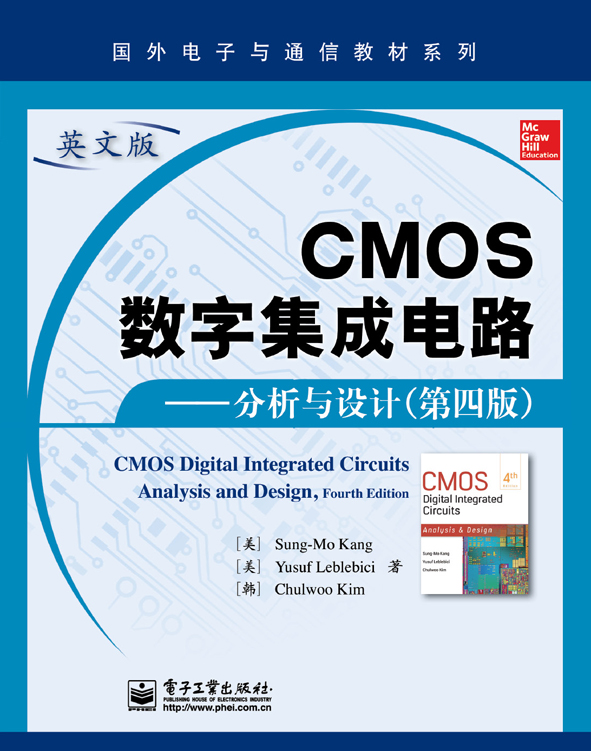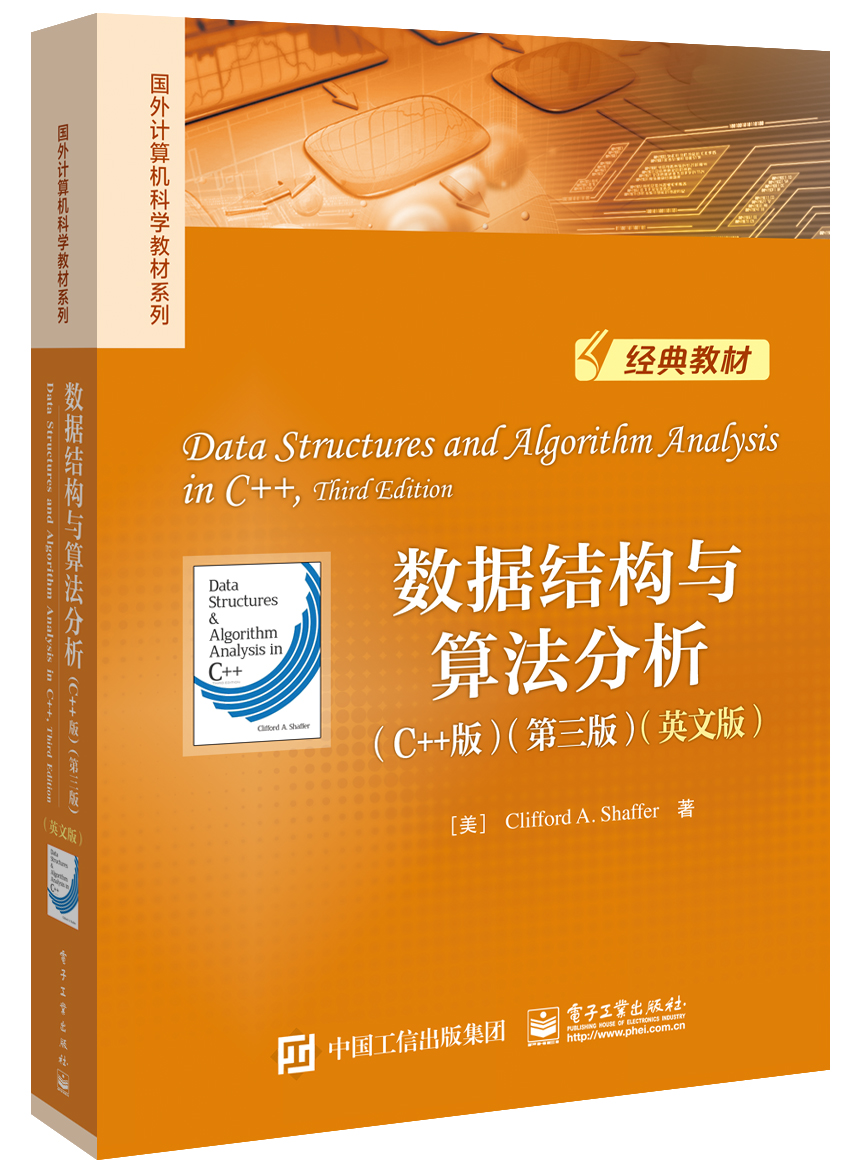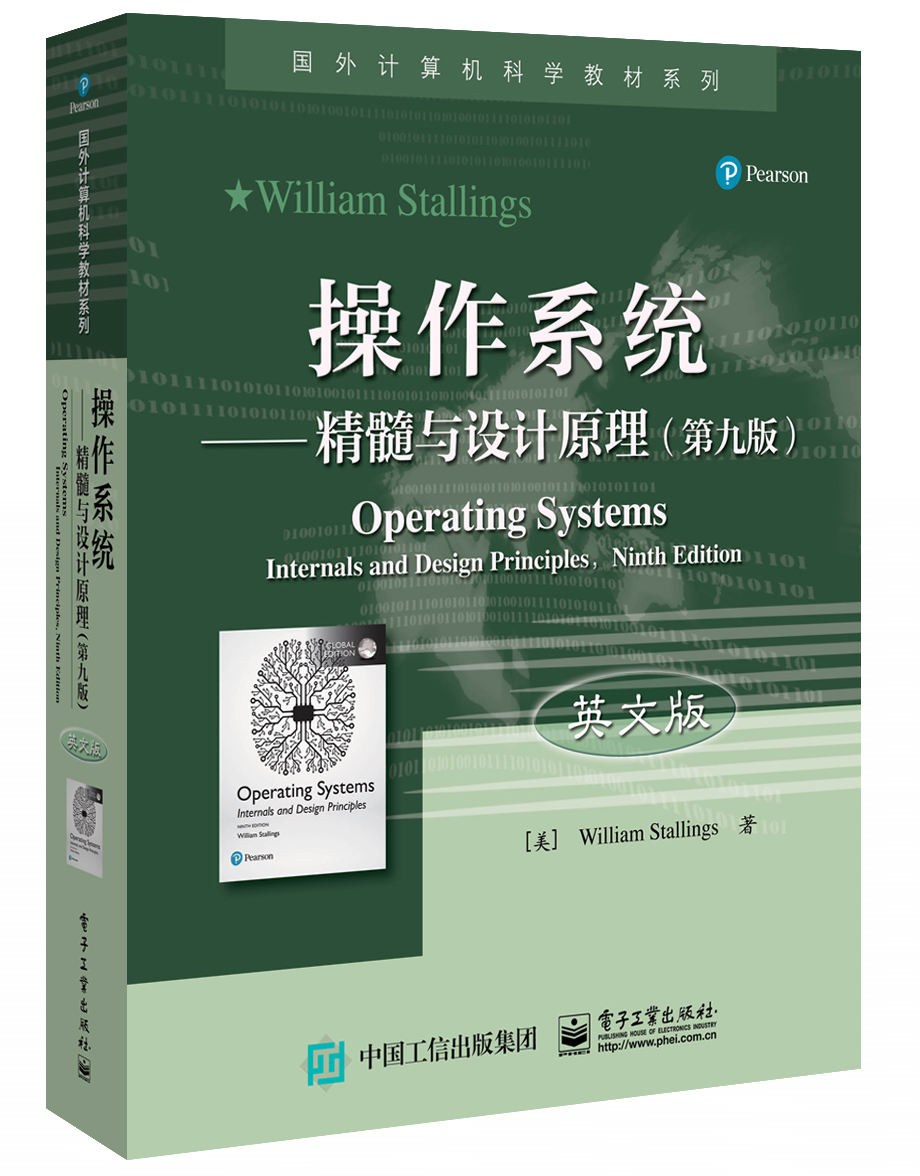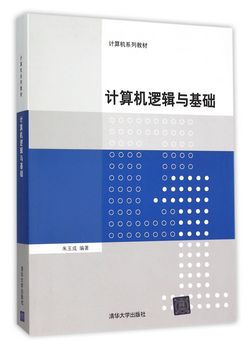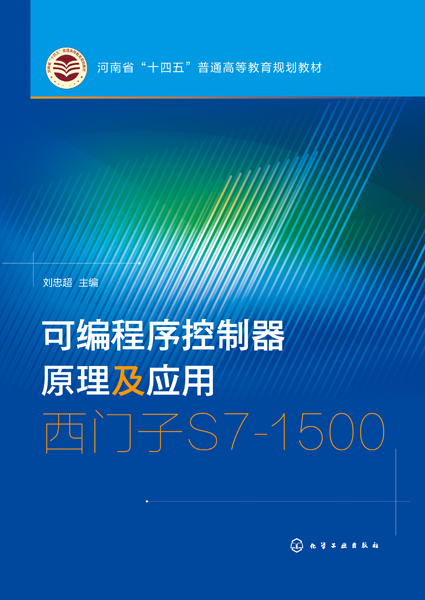CMOS数字集成电路——分析与设计(第四版)(英文版) / 国外电子与通信教材系列
定价:¥99.00
作者: Sung-Mo Kang(康松默)等
出版时间:2015-01
出版社:电子工业出版社
试读
- 电子工业出版社
- 9787121248047
- 1-1
- 350170
- 16开
- 2015-01
- 740
- 微电子科学与工程(工学/理学)
- 本科 研究生(硕士、EMBA、MBA、MPA、博士)
内容简介
本书向授课教师提供英文原版教辅(习题解答),具体申请方式请咨询te_service@。全书详细讲述了CMOS数字集成电路的相关内容,为反映纳米级别CMOS技术的广泛应用和技术的发展, 全书在前版的基础上对晶体管模型公式和器件参数进行了修正,几乎全部章节都进行了重写,提供了反映现代 技术发展水平和电路设计的最新资料。全书共15章。第1章至第8章详细讨论MOS晶体管的相关特性和工作原 理、基本反相器电路设计、组合逻辑电路及时序逻辑电路的结构与工作原理;第9章至第13章主要介绍应用于 先进VLSI芯片设计的动态逻辑电路、先进的半导体存储电路、低功耗CMOS逻辑电路、数字运算和转换电路、 芯片的I/O设计;第14章和第15章分别讨论电路的产品化设计和可测试性设计这两个重要问题。
目录
CONTENTS
目 录
Chapter 1 Introduction
概论 1
1.1 Historical Perspective
发展历史 1
1.2 Objective and Organization of the Book
本书的目标和结构 5
1.3 A Circuit Design Example
电路设计举例 8
1.4 Overview of VLSI Design Methodologies
VLSI 设计方法综述 18
1.5 VLSI Design Flow
VLSI 设计流程 20
1.6 Design Hierarchy
设计分层 23
1.7 Concepts of Regularity, Modularity, and Locality
规范化、模块化和本地化的概念 26
1.8 VLSI Design Styles
VLSI 的设计风格 28
1.9 Design Quality
设计质量 39
1.10 Packaging Technology
封装技术 41
1.11 Computer-Aided Design Technology
计算机辅助设计技术 44
Exercise Problems
习题 46
Chapter 2 Fabrication of MOSFETs
MOS 场效应管的制造 49
2.1 Introduction
概述 49
2.2 Fabrication Process Flow: Basic Steps
制造工艺的基本步骤 50
2.3 The CMOS n-Well Process
CMOS n 阱工艺 60
2.4 Evolution of CMOS Technology
CMOS 技术的发展 67
2.5 Layout Design Rules
版图设计规则 74
2.6 Full-Custom Mask Layout Design
全定制掩膜版图设计 78
Exercise Problems
习题 82
Chapter 3 MOS Transistor
MOS 晶体管 92
3.1 The Metal Oxide Semiconductor (MOS) Structure
金属-氧化物-半导体 (MOS) 结构 92
3.2 The MOS System Under External Bias
外部偏置下的 MOS 系统 96
3.3 Structure and Operation of the MOS Transistor (MOSFET)
MOS 场效应管 (MOSFET) 的结构和作用 99
3.4 MOSFET Current-Voltage Characteristics
MOSFET 的电流-电压特性 109
3.5 MOSFET Scaling and Small-Geometry Effects
MOSFET 的收缩和小尺寸效应 120
3.6 MOSFET Capacitances
MOSFET 电容 151
Exercise Problems
习题 162
Chapter 4 Modeling of MOS Transistors Using SPICE
用 SPICE 进行 MOS 管建模 167
4.1 Introduction
概述 167
4.2 Basic Concepts
基本概念 168
4.3 The Level 1 Model Equations
一级模型方程 170
4.4 The Level 2 Model Equations
二级模型方程 174
4.5 The Level 3 Model Equations
三级模型方程 178
4.6 State-of-the-Art MOSFET Models
先进的 MOSFET 模型 179
4.7 Capacitance Models
电容模型 180
4.8 Comparison of the SPICE MOSFET Models
SPICE MOSFET 模型的比较 184
Appendix: Typical SPICE Model Parameters
附录 典型 SPICE 模型参数 186
Exercise Problems
习题 192
Chapter 5 MOS Inverters: Static Characteristics
MOS 反相器的静态特性 194
5.1 Introduction
概述 194
5.2 Resistive-Load Inverter
电阻负载型反相器 202
5.3 Inverters with MOSFET Load
MOSFET 负载反相器 211
5.4 CMOS Inverter
CMOS 反相器 221
Appendix: Sizing Trends of CMOS Inverter with Small-Geometry Devices
附录 小几何尺寸器件中 CMOS 反相器尺寸的发展趋势 239
Exercise Problems
习题 241
Chapter 6 MOS Inverters: Switching Characteristics and Interconnect Effects
MOS 反相器的开关特性和体效应 245
6 1 Introduction
概述 245
6 2 Delay-Time Denitions
延迟时间的定义 247
6.3 Calculation of Delay Times
延迟时间的计算 249
6.4 Inverter Design with Delay Constraints
延迟限制下的反相器设计 257
6.5 Estimation of Interconnect Parasitics
互连线电容的估算 267
6.6 Calculation of Interconnect Delay
互连线延迟的计算 280
6.7 Switching Power Dissipation of CMOS Inverters
CMOS 反相器的开关功耗 288
Appendix: Super Buffer Design
附录 超级缓冲器的设计 297
Exercise Problems
习题 300
Chapter 7 Combinational MOS Logic Circuits
组合 MOS 逻辑电路 305
7.1 Introduction
概述 305
7.2 MOS Logic Circuits with Pseudo-nMOS (pMOS) Loads
带伪 nMOS(pMOS) 负载的 MOS 逻辑电路 306
7.3 CMOS Logic Circuits
CMOS 逻辑电路 319
7.4 Complex Logic Circuits
复杂逻辑电路 326
7.5 CMOS Transmission Gates (Pass Gates)
CMOS 传输门 339
Exercise Problems
习题 349
Chapter 8 Sequential MOS Logic Circuits
时序 MOS 逻辑电路 356
8.1 Introduction
概述 356
8.2 Behavior of Bistable Elements
双稳态元件的特性 357
8.3 The SR Latch Circuit
SR 锁存电路 363
8.4 Clocked Latch and Flip-Flop Circuits
钟控锁存器和触发器电路 368
8.5 Timing-Related Parameters of Clocked Storage Elements
时钟存储器件的相关时序特性 376
8.6 CMOS D-Latch and Edge-Triggered Flip-Flop
CMOS 的 D 锁存器和边沿触发器 378
8.7 Pulsed Latch-Based Clocked Storage Elements
以时钟存储元件为基础的脉冲锁存器 384
8 8 Sense-Amplier-Based Flip-Flops
基于灵敏放大器的触发器电路 386
8.9 Logic Embedding in Clocked Storage Elements
时钟存储器件中的逻辑嵌入 388
8.10 Power Consumption of Clocking System and Power Savings Methodologies
时钟系统的能耗及其节能措施 389
Appendix
附录 391
Exercise Problems
习题 394
Chapter 9 Dynamic Logic Circuits
动态逻辑电路 398
9.1 Introduction
概述 398
9.2 Basic Principles of Pass Transistor Circuits
传输晶体管电路的基本原理 400
9.3 Voltage Bootstrapping
电压自举技术 412
9.4 Synchronous Dynamic Circuit Techniques
同步动态电路技术 416
9.5 Dynamic CMOS Circuit Techniques
动态 CMOS 电路技术 421
9.6 High-Performance Dynamic CMOS Circuits
高性能动态逻辑 CMOS 电路 425
Exercise Problems
习题 442
Chapter 10 Semiconductor Memories
半导体存储器 447
10.1 Introduction
概述 447
10.2 Dynamic Random Access Memory (DRAM)
动态随机存储器 (DRAM) 452
10.3 Static Random Access Memory (SRAM)
静态随机存储器 (SRAM) 481
10.4 Nonvolatile Memory
非易失存储器 497
10.5 Flash Memory
闪存 510
10.6 Ferroelectric Random Access Memory (FRAM)
铁电随机存储器 (FRAM) 518
Exercise Problems
习题 521
Chapter 11 Low-Power CMOS Logic Circuits
低功耗 CMOS 逻辑电路 527
11.1 Introduction
概述 527
11.2 Overview of Power Consumption
功耗综述 528
11.3 Low-Power Design Through Voltage Scaling
电压按比例降低的低功率设计 541
11.4 Estimation and Optimization of Switching Activity
开关激活率的估算和优化 552
11.5 Reduction of Switched Capacitance
减小开关电容 558
11.6 Adiabatic Logic Circuits
绝热逻辑电路 560
Exercise Problems
习题 568
Chapter 12 Arithmetic Building Blocks
算术组合模块 569
12.1 Introduction
概述 569
12.2 Adder
加法器 569
12.3 Multipliers
乘法器 580
12.4 Shifter
移位器 586
Exercise Problems
习题 588
Chapter 13 Clock and I/O Circuits
时钟电路与输入输出电路 592
13.1 Introduction
概述 592
13.2 ESD Protection
静电放电 (ESD) 保护 592
13.3 Input Circuits
输入电路 596
13.4 Output Circuits and L(di/dt) Noise
输出电路和 L(di/dt) 噪声 600
13.5 On-Chip Clock Generation and Distribution
片内时钟生成和分配 605
13.6 Latch-Up and Its Prevention
闩锁现象及其预防措施 620
Appendix: Network-on-Chip: An Emerging Paradigm for Next-Generation SoCs
附录 芯片网络:下一代片上系统的新范例 627
Exercise Problems
习题 631
Chapter 14 Design for Manufacturability
产品化设计 633
14.1 Introduction
概述 633
14.2 Process Variations
工艺变化 634
14 3 Basic Concepts and Denitions
基本概念和定义 636
14.4 Design of Experiments and Performance Modeling
实验设计与性能建模 642
14.5 Parametric Yield Estimation
参数成品率的估计 650
14.6 Parametric Yield Maximization
参数成品率的最大值 655
14.7 Worst-Case Analysis
最坏情况分析 657
14.8 Performance Variability Minimization
性能参数变化的最小化 663
Exercise Problems
习题 666
Chapter 15 Design for Testability
可测试性设计 670
15.1 Introduction
概述 670
15.2 Fault Types and Models
故障类型和模型 670
15.3 Controllability and Observability
可控性和可观察性 674
15.4 Ad Hoc Testable Design Techniques
专用可测试性设计技术 675
15.5 Scan-Based Techniques
基于扫描的技术 678
15.6 Built-In Self-Test (BIST) Techniques
内建自测 (BIST) 技术 680
15.7 Current Monitoring IDDQ Test
电流监控 IDDQ 检测 683
Exercise Problems
习题 684
References
参考文献 685
Index
索引 691
目 录
Chapter 1 Introduction
概论 1
1.1 Historical Perspective
发展历史 1
1.2 Objective and Organization of the Book
本书的目标和结构 5
1.3 A Circuit Design Example
电路设计举例 8
1.4 Overview of VLSI Design Methodologies
VLSI 设计方法综述 18
1.5 VLSI Design Flow
VLSI 设计流程 20
1.6 Design Hierarchy
设计分层 23
1.7 Concepts of Regularity, Modularity, and Locality
规范化、模块化和本地化的概念 26
1.8 VLSI Design Styles
VLSI 的设计风格 28
1.9 Design Quality
设计质量 39
1.10 Packaging Technology
封装技术 41
1.11 Computer-Aided Design Technology
计算机辅助设计技术 44
Exercise Problems
习题 46
Chapter 2 Fabrication of MOSFETs
MOS 场效应管的制造 49
2.1 Introduction
概述 49
2.2 Fabrication Process Flow: Basic Steps
制造工艺的基本步骤 50
2.3 The CMOS n-Well Process
CMOS n 阱工艺 60
2.4 Evolution of CMOS Technology
CMOS 技术的发展 67
2.5 Layout Design Rules
版图设计规则 74
2.6 Full-Custom Mask Layout Design
全定制掩膜版图设计 78
Exercise Problems
习题 82
Chapter 3 MOS Transistor
MOS 晶体管 92
3.1 The Metal Oxide Semiconductor (MOS) Structure
金属-氧化物-半导体 (MOS) 结构 92
3.2 The MOS System Under External Bias
外部偏置下的 MOS 系统 96
3.3 Structure and Operation of the MOS Transistor (MOSFET)
MOS 场效应管 (MOSFET) 的结构和作用 99
3.4 MOSFET Current-Voltage Characteristics
MOSFET 的电流-电压特性 109
3.5 MOSFET Scaling and Small-Geometry Effects
MOSFET 的收缩和小尺寸效应 120
3.6 MOSFET Capacitances
MOSFET 电容 151
Exercise Problems
习题 162
Chapter 4 Modeling of MOS Transistors Using SPICE
用 SPICE 进行 MOS 管建模 167
4.1 Introduction
概述 167
4.2 Basic Concepts
基本概念 168
4.3 The Level 1 Model Equations
一级模型方程 170
4.4 The Level 2 Model Equations
二级模型方程 174
4.5 The Level 3 Model Equations
三级模型方程 178
4.6 State-of-the-Art MOSFET Models
先进的 MOSFET 模型 179
4.7 Capacitance Models
电容模型 180
4.8 Comparison of the SPICE MOSFET Models
SPICE MOSFET 模型的比较 184
Appendix: Typical SPICE Model Parameters
附录 典型 SPICE 模型参数 186
Exercise Problems
习题 192
Chapter 5 MOS Inverters: Static Characteristics
MOS 反相器的静态特性 194
5.1 Introduction
概述 194
5.2 Resistive-Load Inverter
电阻负载型反相器 202
5.3 Inverters with MOSFET Load
MOSFET 负载反相器 211
5.4 CMOS Inverter
CMOS 反相器 221
Appendix: Sizing Trends of CMOS Inverter with Small-Geometry Devices
附录 小几何尺寸器件中 CMOS 反相器尺寸的发展趋势 239
Exercise Problems
习题 241
Chapter 6 MOS Inverters: Switching Characteristics and Interconnect Effects
MOS 反相器的开关特性和体效应 245
6 1 Introduction
概述 245
6 2 Delay-Time Denitions
延迟时间的定义 247
6.3 Calculation of Delay Times
延迟时间的计算 249
6.4 Inverter Design with Delay Constraints
延迟限制下的反相器设计 257
6.5 Estimation of Interconnect Parasitics
互连线电容的估算 267
6.6 Calculation of Interconnect Delay
互连线延迟的计算 280
6.7 Switching Power Dissipation of CMOS Inverters
CMOS 反相器的开关功耗 288
Appendix: Super Buffer Design
附录 超级缓冲器的设计 297
Exercise Problems
习题 300
Chapter 7 Combinational MOS Logic Circuits
组合 MOS 逻辑电路 305
7.1 Introduction
概述 305
7.2 MOS Logic Circuits with Pseudo-nMOS (pMOS) Loads
带伪 nMOS(pMOS) 负载的 MOS 逻辑电路 306
7.3 CMOS Logic Circuits
CMOS 逻辑电路 319
7.4 Complex Logic Circuits
复杂逻辑电路 326
7.5 CMOS Transmission Gates (Pass Gates)
CMOS 传输门 339
Exercise Problems
习题 349
Chapter 8 Sequential MOS Logic Circuits
时序 MOS 逻辑电路 356
8.1 Introduction
概述 356
8.2 Behavior of Bistable Elements
双稳态元件的特性 357
8.3 The SR Latch Circuit
SR 锁存电路 363
8.4 Clocked Latch and Flip-Flop Circuits
钟控锁存器和触发器电路 368
8.5 Timing-Related Parameters of Clocked Storage Elements
时钟存储器件的相关时序特性 376
8.6 CMOS D-Latch and Edge-Triggered Flip-Flop
CMOS 的 D 锁存器和边沿触发器 378
8.7 Pulsed Latch-Based Clocked Storage Elements
以时钟存储元件为基础的脉冲锁存器 384
8 8 Sense-Amplier-Based Flip-Flops
基于灵敏放大器的触发器电路 386
8.9 Logic Embedding in Clocked Storage Elements
时钟存储器件中的逻辑嵌入 388
8.10 Power Consumption of Clocking System and Power Savings Methodologies
时钟系统的能耗及其节能措施 389
Appendix
附录 391
Exercise Problems
习题 394
Chapter 9 Dynamic Logic Circuits
动态逻辑电路 398
9.1 Introduction
概述 398
9.2 Basic Principles of Pass Transistor Circuits
传输晶体管电路的基本原理 400
9.3 Voltage Bootstrapping
电压自举技术 412
9.4 Synchronous Dynamic Circuit Techniques
同步动态电路技术 416
9.5 Dynamic CMOS Circuit Techniques
动态 CMOS 电路技术 421
9.6 High-Performance Dynamic CMOS Circuits
高性能动态逻辑 CMOS 电路 425
Exercise Problems
习题 442
Chapter 10 Semiconductor Memories
半导体存储器 447
10.1 Introduction
概述 447
10.2 Dynamic Random Access Memory (DRAM)
动态随机存储器 (DRAM) 452
10.3 Static Random Access Memory (SRAM)
静态随机存储器 (SRAM) 481
10.4 Nonvolatile Memory
非易失存储器 497
10.5 Flash Memory
闪存 510
10.6 Ferroelectric Random Access Memory (FRAM)
铁电随机存储器 (FRAM) 518
Exercise Problems
习题 521
Chapter 11 Low-Power CMOS Logic Circuits
低功耗 CMOS 逻辑电路 527
11.1 Introduction
概述 527
11.2 Overview of Power Consumption
功耗综述 528
11.3 Low-Power Design Through Voltage Scaling
电压按比例降低的低功率设计 541
11.4 Estimation and Optimization of Switching Activity
开关激活率的估算和优化 552
11.5 Reduction of Switched Capacitance
减小开关电容 558
11.6 Adiabatic Logic Circuits
绝热逻辑电路 560
Exercise Problems
习题 568
Chapter 12 Arithmetic Building Blocks
算术组合模块 569
12.1 Introduction
概述 569
12.2 Adder
加法器 569
12.3 Multipliers
乘法器 580
12.4 Shifter
移位器 586
Exercise Problems
习题 588
Chapter 13 Clock and I/O Circuits
时钟电路与输入输出电路 592
13.1 Introduction
概述 592
13.2 ESD Protection
静电放电 (ESD) 保护 592
13.3 Input Circuits
输入电路 596
13.4 Output Circuits and L(di/dt) Noise
输出电路和 L(di/dt) 噪声 600
13.5 On-Chip Clock Generation and Distribution
片内时钟生成和分配 605
13.6 Latch-Up and Its Prevention
闩锁现象及其预防措施 620
Appendix: Network-on-Chip: An Emerging Paradigm for Next-Generation SoCs
附录 芯片网络:下一代片上系统的新范例 627
Exercise Problems
习题 631
Chapter 14 Design for Manufacturability
产品化设计 633
14.1 Introduction
概述 633
14.2 Process Variations
工艺变化 634
14 3 Basic Concepts and Denitions
基本概念和定义 636
14.4 Design of Experiments and Performance Modeling
实验设计与性能建模 642
14.5 Parametric Yield Estimation
参数成品率的估计 650
14.6 Parametric Yield Maximization
参数成品率的最大值 655
14.7 Worst-Case Analysis
最坏情况分析 657
14.8 Performance Variability Minimization
性能参数变化的最小化 663
Exercise Problems
习题 666
Chapter 15 Design for Testability
可测试性设计 670
15.1 Introduction
概述 670
15.2 Fault Types and Models
故障类型和模型 670
15.3 Controllability and Observability
可控性和可观察性 674
15.4 Ad Hoc Testable Design Techniques
专用可测试性设计技术 675
15.5 Scan-Based Techniques
基于扫描的技术 678
15.6 Built-In Self-Test (BIST) Techniques
内建自测 (BIST) 技术 680
15.7 Current Monitoring IDDQ Test
电流监控 IDDQ 检测 683
Exercise Problems
习题 684
References
参考文献 685
Index
索引 691

